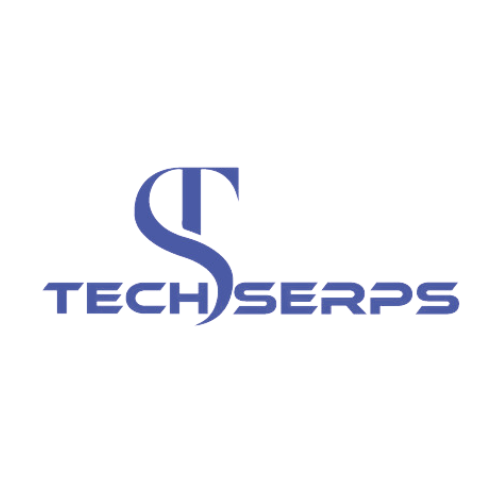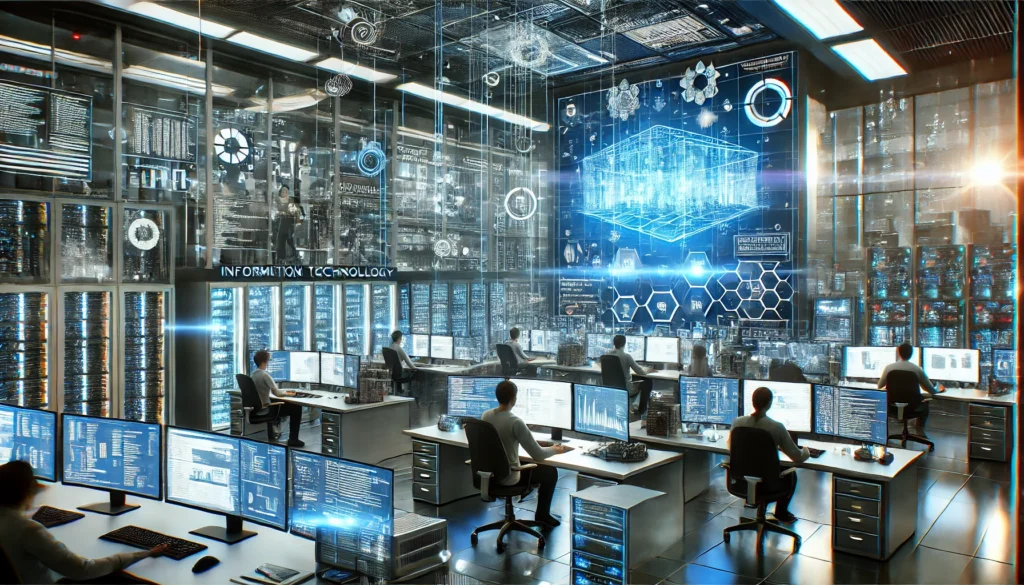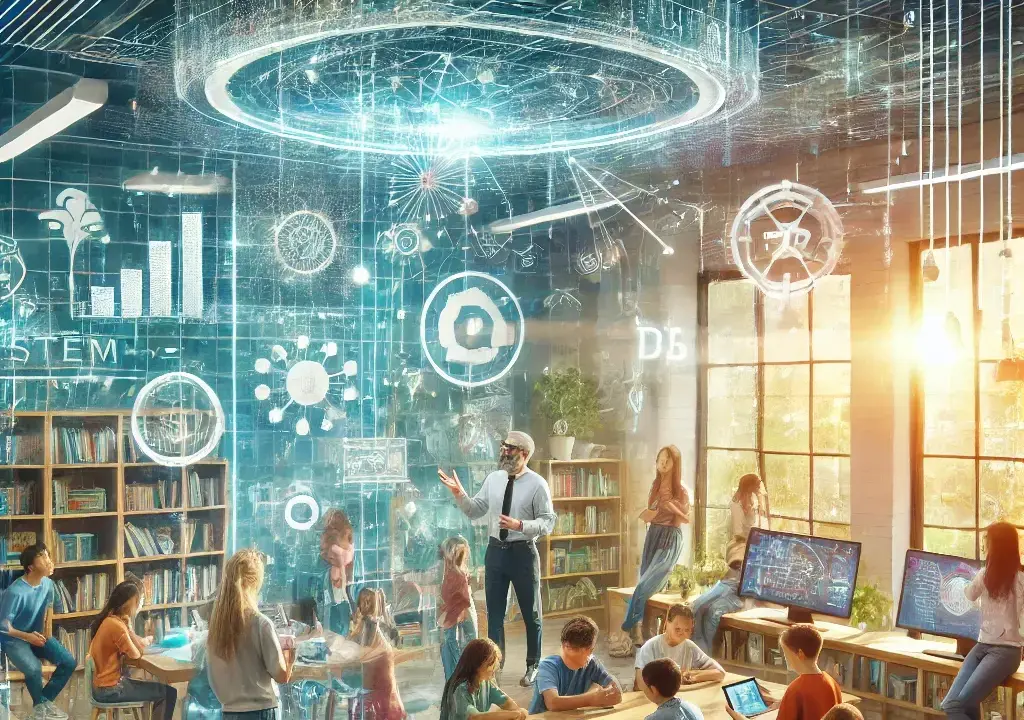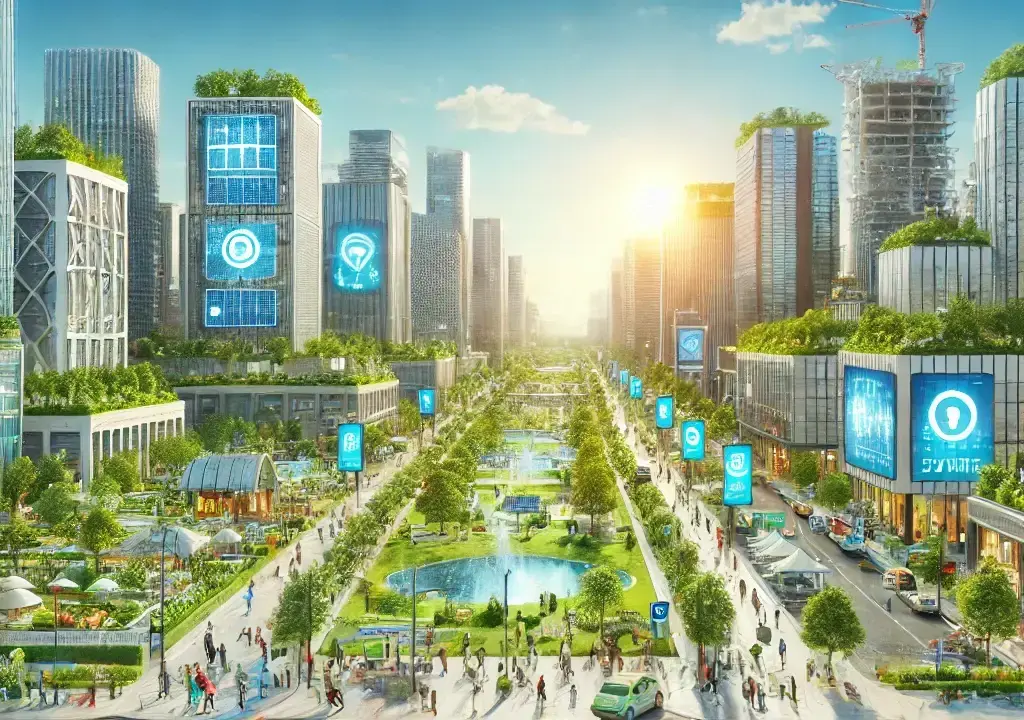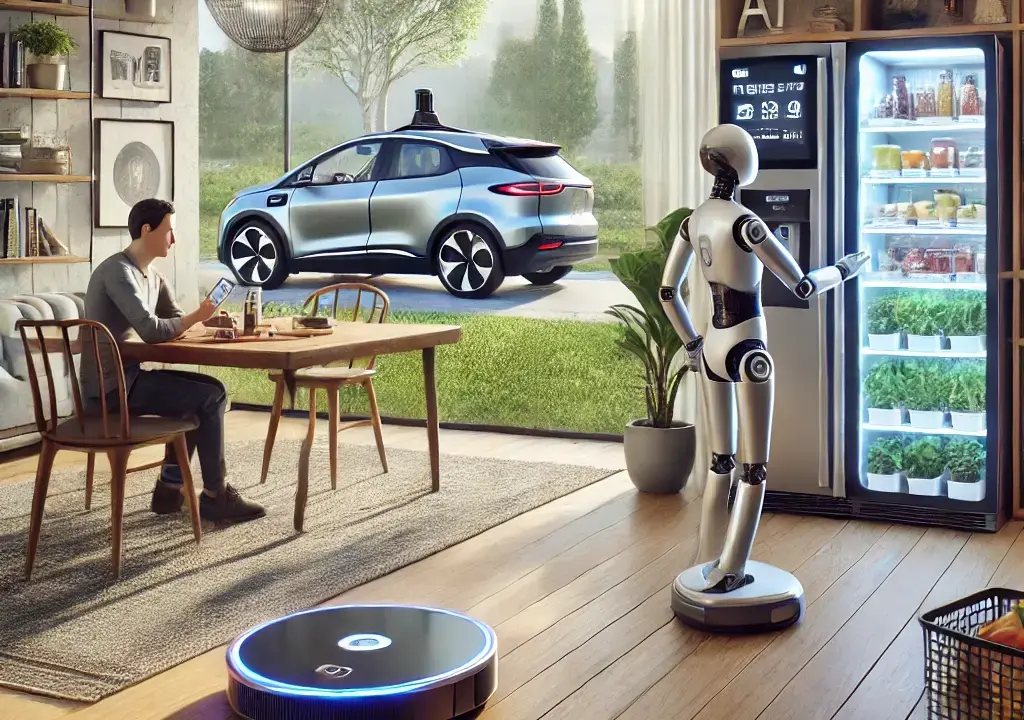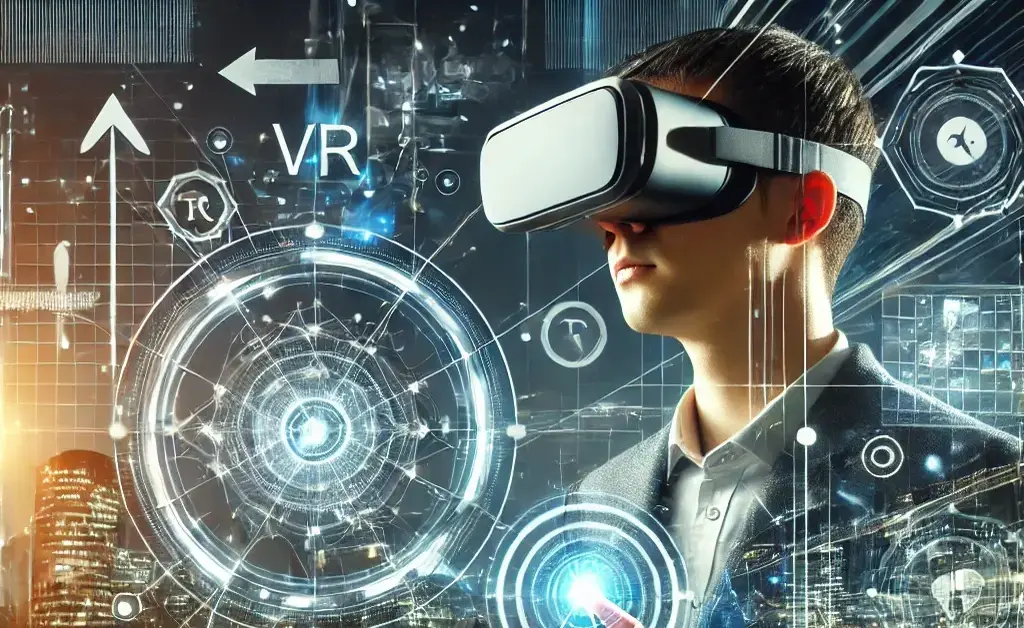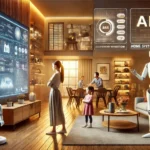Information technology (IT) has undergone a remarkable transformation over the years. From the era of basic computing systems to the present-day advanced technologies, IT has become a cornerstone of modern life. This evolution has not only changed the way we work and live but also strengthened the synergy between IT and people. At its core, IT enhances communication, boosts productivity, and fosters global connectivity, proving to be an indispensable tool for personal and professional growth.
The Role of Information Technology in Daily Life
Bridging Communication Gaps
One of the most significant contributions of information technology is its ability to bridge communication gaps. IT has made instant global communication a reality, connecting people across continents within seconds.
Examples of IT-driven communication tools include:
- Emails: Facilitating professional and personal correspondence with ease.
- Video Conferencing: Platforms like Zoom and Microsoft Teams enable real-time face-to-face communication, essential for businesses and remote collaborations.
- Social Media: Apps like Facebook, Twitter, and Instagram help individuals and organizations engage with a global audience, share updates, and build communities.
These tools not only save time but also foster stronger personal and professional relationships, making the world a smaller, more connected place.
Boosting Workplace Productivity
IT plays a pivotal role in improving workplace efficiency and productivity. By automating routine tasks and offering innovative tools, IT enables organizations to achieve higher output with minimal resources.
Key contributions include:
- Automation: Tools like customer relationship management (CRM) systems and project management software streamline workflows.
- Data Analysis: Advanced analytics platforms provide actionable insights, helping companies make informed decisions.
- Cloud Computing: Services like Google Drive and Dropbox enable seamless data sharing and collaboration among teams, regardless of their location.
Case Studies:
- Company A: Implemented IT tools for inventory management, reducing errors and saving costs.
- Company B: Adopted cloud-based collaboration tools, improving team coordination and project completion rates.
These examples highlight how IT drives productivity and innovation, giving businesses a competitive edge in their respective industries.
Enhancing Education and Learning
In the field of education, IT has revolutionized the way knowledge is disseminated and acquired. E-learning platforms and virtual classrooms have made education accessible to a broader audience, breaking geographical and financial barriers.
Notable examples include:
- MOOCs (Massive Open Online Courses): Platforms like Coursera and edX offer courses from top universities, allowing learners to upskill from anywhere in the world.
- Educational Apps: Tools like Duolingo and Khan Academy make learning interactive and engaging.
- Digital Libraries: Resources like Project Gutenberg provide access to a vast repository of books and research materials online.
These advancements not only cater to diverse learning needs but also promote lifelong education, empowering individuals to stay relevant in an ever-changing world.
Information Technology and Social Transformation
Empowering Communities
Information technology plays a crucial role in connecting marginalized communities, offering them opportunities to engage, grow, and thrive. Through innovative platforms, IT has become a tool for empowerment.
Examples include:
- Crowdfunding Platforms: Websites like GoFundMe and Kickstarter help individuals and organizations raise funds for causes and projects.
- Online Support Groups: Communities on platforms like Reddit and Facebook provide spaces for individuals to share experiences and seek guidance.
These applications of IT foster inclusivity and provide a voice to those who might otherwise be unheard.
Building Smart Cities
The integration of IT in urban development has given rise to the concept of smart cities, where technology is leveraged to improve efficiency and quality of life.
Examples of IT in smart cities include:
- Smart Grids: Energy systems that optimize power distribution and consumption.
- IoT Devices: Sensors and devices that monitor and manage urban infrastructure, such as traffic lights and waste management.
- Public Service Apps: Mobile applications that provide citizens with real-time updates on public transportation and local services.
These innovations make urban environments more sustainable, efficient, and livable.
Supporting Innovation and Entrepreneurship
IT serves as a launchpad for startups and small businesses, providing the tools needed to innovate and succeed in competitive markets.
Examples include:
- E-commerce Platforms: Websites like Shopify and Amazon enable businesses to reach a global audience.
- Cloud Computing Services: Platforms like AWS and Google Cloud offer scalable resources for startups to build and grow their operations.
This democratization of technology empowers entrepreneurs and drives economic growth.
Challenges in Integrating Information Technology with People
Privacy and Security Concerns
While IT brings numerous benefits, it also poses risks related to data breaches and cybercrime. Protecting sensitive information is a significant challenge in the digital age.
Ways to mitigate these threats include:
- Cybersecurity Awareness: Educating users about safe online practices.
- Advanced Security Tools: Implementing firewalls, encryption, and multi-factor authentication.
Addressing these concerns is vital to ensuring trust in IT systems.
Digital Divide
The disparity in IT access across regions creates a digital divide, limiting opportunities for underprivileged communities.
Potential solutions include:
- Affordable Technology: Developing cost-effective devices and internet plans.
- Educational Initiatives: Programs that teach digital literacy and skills.
Bridging this gap is essential for equitable technological advancement.
Overdependence on Technology
As IT becomes more ingrained in daily life, there is a risk of overdependence, which can diminish human capabilities and creativity.
Strategies to balance this include:
- Encouraging Tech-Free Activities: Promoting hobbies and interactions without screens.
- Mindful Usage: Practicing intentional and purposeful use of technology.
Maintaining this balance ensures that technology remains a tool rather than a crutch.
Future Trends in Information Technology and People
AI and Automation in Daily Life
AI and automation are rapidly transforming daily life, offering new opportunities for increased productivity and convenience across various sectors.
Examples include:
- Chatbots: These AI-driven systems are increasingly being used to provide instant customer service, answering questions and resolving issues quickly. By automating support functions, businesses can offer 24/7 assistance, improving customer satisfaction and reducing operational costs.
- Autonomous Vehicles: Self-driving cars and trucks are poised to revolutionize transportation. With AI algorithms guiding their operations, these vehicles could lead to fewer accidents, reduced traffic congestion, and increased fuel efficiency. In the future, autonomous vehicles may significantly alter the way we commute and transport goods.
- Personalized AI Assistants: Virtual assistants like Siri, Alexa, and Google Assistant are helping individuals manage their daily tasks. From setting reminders to controlling smart home devices, these assistants learn from user interactions, becoming more efficient over time. They simplify life by automating repetitive tasks and offering hands-free convenience.
These advancements in AI and automation are already enhancing productivity and efficiency, with potential for even greater influence in the years ahead.
Virtual Reality and Augmented Reality
Immersive technologies like virtual reality (VR) and augmented reality (AR) are revolutionizing how we interact with the digital and physical world. These cutting-edge tools are shaping various industries, offering unique experiences that blend the real with the virtual.
Applications include:
- Entertainment: Gaming and immersive storytelling experiences that captivate audiences with lifelike environments and interactions.
- Healthcare: VR simulations for medical training, surgical procedures, and therapeutic applications, enhancing patient care and healthcare training.
- Training Simulations: AR tools used for skill development and real-time guidance in industries like aviation, manufacturing, and military training.
These technologies unlock new dimensions of engagement, providing innovative solutions for learning, entertainment, and professional development.
Sustainable Technology
IT plays a crucial role in promoting environmental sustainability and contributing to a greener future. By leveraging innovative solutions, the technology sector can significantly reduce its environmental footprint and support global sustainability efforts.
Examples include:
- Energy-Efficient Systems: Technologies designed to reduce energy consumption in data centers, devices, and infrastructure. These systems optimize power usage, leading to lower carbon emissions and helping businesses minimize their environmental impact.
- Green IT Initiatives: Practices such as recycling electronic waste (e-waste), promoting the use of renewable energy sources, and encouraging sustainable manufacturing processes. These initiatives focus on reducing waste, conserving resources, and making the most of environmentally friendly materials.
By aligning technology with sustainability goals, IT can help mitigate environmental challenges, support a circular economy, and reduce global energy consumption, fostering a more eco-conscious and sustainable future.
Conclusion
The dynamic relationship between information technology and people continues to evolve, driving profound changes in communication, productivity, and education. IT’s transformative power has shaped a world that is more connected, efficient, and knowledgeable.
As we move forward, it is crucial to embrace IT responsibly, leveraging its potential for growth and innovation while ensuring ethical use. By doing so, we can build a better, more sustainable future for all.
FAQs
Q: What is the role of information technology in education?
A: IT makes education more accessible through e-learning platforms, virtual classrooms, and digital resources.
Q: How does information technology empower people in the workplace?
A: By automating processes, enhancing communication, and providing tools that boost productivity and collaboration.
Q: What are the challenges associated with information technology?
A: Major challenges include data security, the digital divide, and overreliance on technology.
Q: How does IT help build smart cities?
A: IT integrates IoT, smart grids, and data analytics to improve urban living standards and sustainability.
Q: What are future trends in IT that will affect people?
A: Trends like AI, VR/AR, and sustainable technology are set to redefine how people interact with IT.
